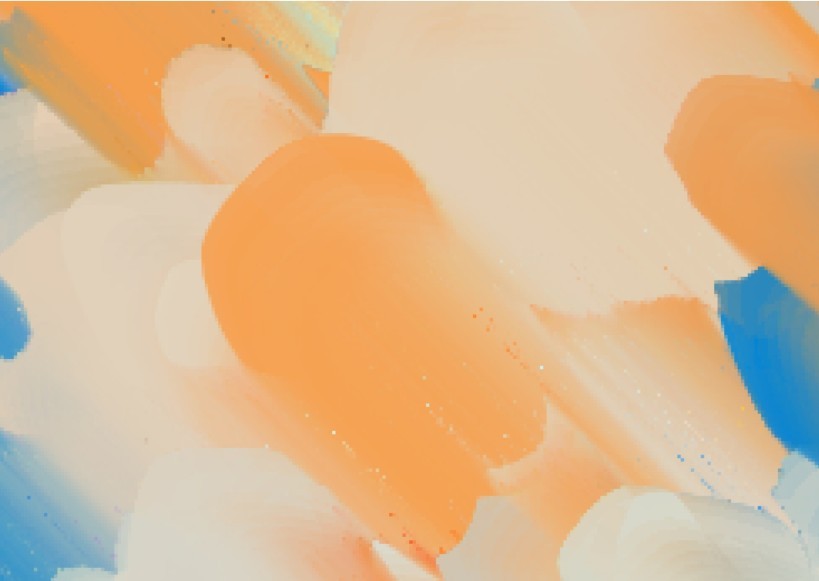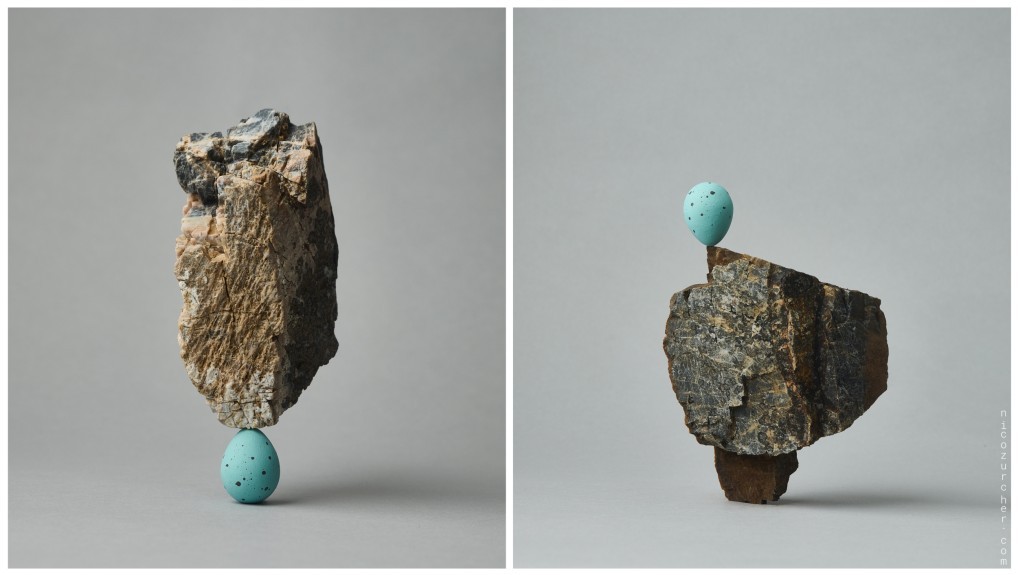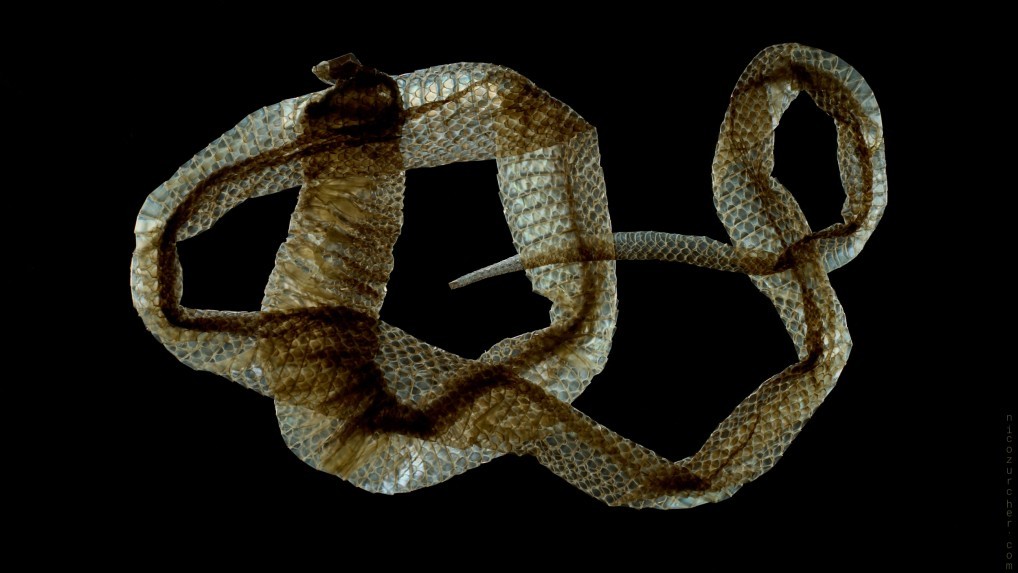While the notion of classical design is relatively well understood, other terms of art have gained currency in more recent years, namely human-centered design and design thinking, which can be more difficult to nuance. At Fraîche, we use all three.

Who's to say? In 1971, Victor Papanek said that design is the conscious and intuitive effort to impose meaningful order—that design is the primary underlying matrix of life.
In short, we believe design thinking rose to prominence in the first place because, at the time of its emergence, the world was littered with thoughtless design—production-geared, form-obsessed, aesthetically proud artifact manufacturing—both physical and digital. Doing was more important than thinking, to thinking’s near exclusion. Design scholar Cameron Tonkinwise has said that the consequence of only knowing how without knowing why led to the agile proliferation of unanticipated consequences.
The intellectual posture mandated by design thinking served as an inescapable reminder that, for better or worse, not all design emanates from thinking per se—let alone critical thinking. But it should. While we at Fraîche value the instinctual, visceral worth associated with form-giving and ‘design doing,’ we also view it as an often downstream aspect of a far longer process—the painstaking process of developing an informed, designerly point of view. At Fraîche, we think first—and we aren’t ashamed to say it.
"Because, as we all know, it’s easier to do trivial things that are urgent than it is to do important things that are not urgent, like thinking. And it’s also easier to do little things we know we can do than to start on big things that we’re not so sure about."
John Cleese
Lecture on creativity (originally delivered to Video Arts in 1991)

Indeed, optimism is a dare—a provocation to move, an inducement to act. When the default intellectual stance is always, “yes, possibility exists here,” then invariably there is work to be done, action to be taken. We must roll up our sleeves to coax fresh actuality out of what we know to be inherent possibility. We believe things are possible, and we make them so. In short, that’s Fraîche Design Thinking.



